Archives
- 2025-11
- 2025-10
- 2025-09
- 2025-03
- 2025-02
- 2025-01
- 2024-12
- 2024-11
- 2024-10
- 2024-09
- 2024-08
- 2024-07
- 2024-06
- 2024-05
- 2024-04
- 2024-03
- 2024-02
- 2024-01
- 2023-12
- 2023-11
- 2023-10
- 2023-09
- 2023-08
- 2023-06
- 2023-05
- 2023-04
- 2023-03
- 2023-02
- 2023-01
- 2022-12
- 2022-11
- 2022-10
- 2022-09
- 2022-08
- 2022-07
- 2022-06
- 2022-05
- 2022-04
- 2022-03
- 2022-02
- 2022-01
- 2021-12
- 2021-11
- 2021-10
- 2021-09
- 2021-08
- 2021-07
- 2021-06
- 2021-05
- 2021-04
- 2021-03
- 2021-02
- 2021-01
- 2020-12
- 2020-11
- 2020-10
- 2020-09
- 2020-08
- 2020-07
- 2020-06
- 2020-05
- 2020-04
- 2020-03
- 2020-02
- 2020-01
- 2019-12
- 2019-11
- 2019-10
- 2019-09
- 2019-08
- 2019-07
- 2019-06
- 2018-07
-
br Acknowledgments br Introduction Ubiquitin ligases limit
2019-10-29
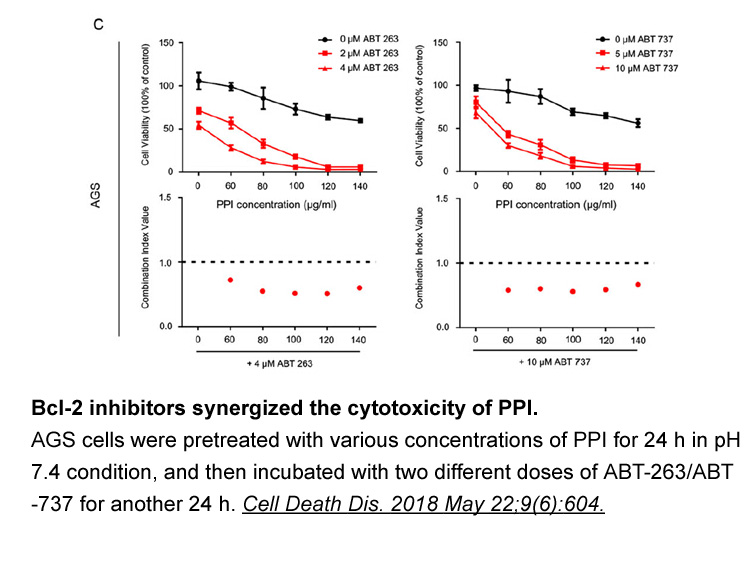
Acknowledgments Introduction Ubiquitin ligases limit the stability and activity of substrates by targeting them for proteasomal-dependent degradation. Siah is a two-member family of ubiquitin ligases implicated in control of key cellular processes. Among those, Siah ligases control prolyl hydr
-
br Synthesis and mechanism of fluorescent DNA CuNMs br
2019-10-29

Synthesis and mechanism of fluorescent DNA-CuNMs Application of fluorescent DNA-CuNMs Summary and conclusions In summary, we introduce recent research progress in the synthesis and various applications of DNA-CuNMs. DNA-CuNMs with novel catalytic, electrical and optical properties can be ob
-
br Materials and methods br
2019-10-29

Materials and methods Results Discussion ParI, the first C5-DNA-MTase from a psychrophilic bacterium to be characterized, displays DNA methylation activity in vivo and in vitro. Its biophysical characteristics are consistent with large regions of disorder including thermal unfolding transit
-
As for antiviral activity eight out of synthesized compounds
2019-10-29
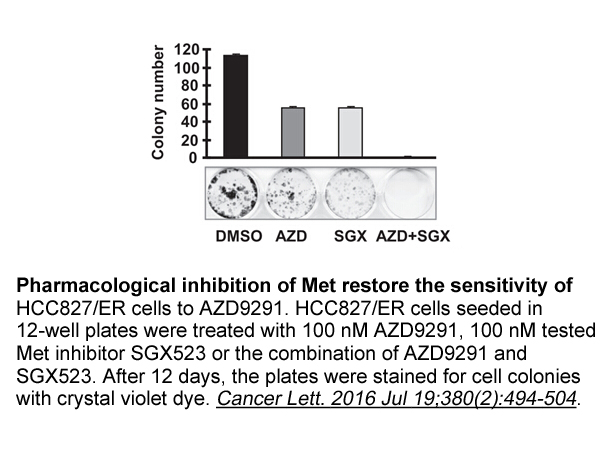
As for antiviral activity, eight out of 23 synthesized compounds were active against influenza B virus with EC50 values in the range of 0.19–39 μM. Four of the eight influenza B hits were active against influenza A and two were also active against RSV (4 and 6, EC50 = 0.40 and 1.8 μM, respectively).
-
Aldehyde dehydrogenase has been characterized as a cancer st
2019-10-29
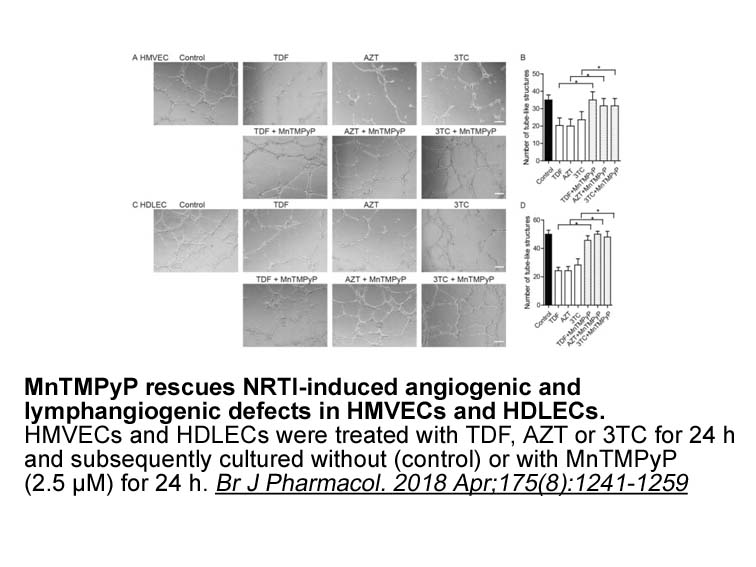
Aldehyde dehydrogenase has been characterized as a cancer stem cell marker, which plays a key role in various biological processes in tumor, including cell proliferation, invasiveness and chemoresistance. Recent data of Abourbih et al reported that ALDH1 expression did not correlate with primary tum
-
As temperatures increase rates of spontaneous deamination
2019-10-29
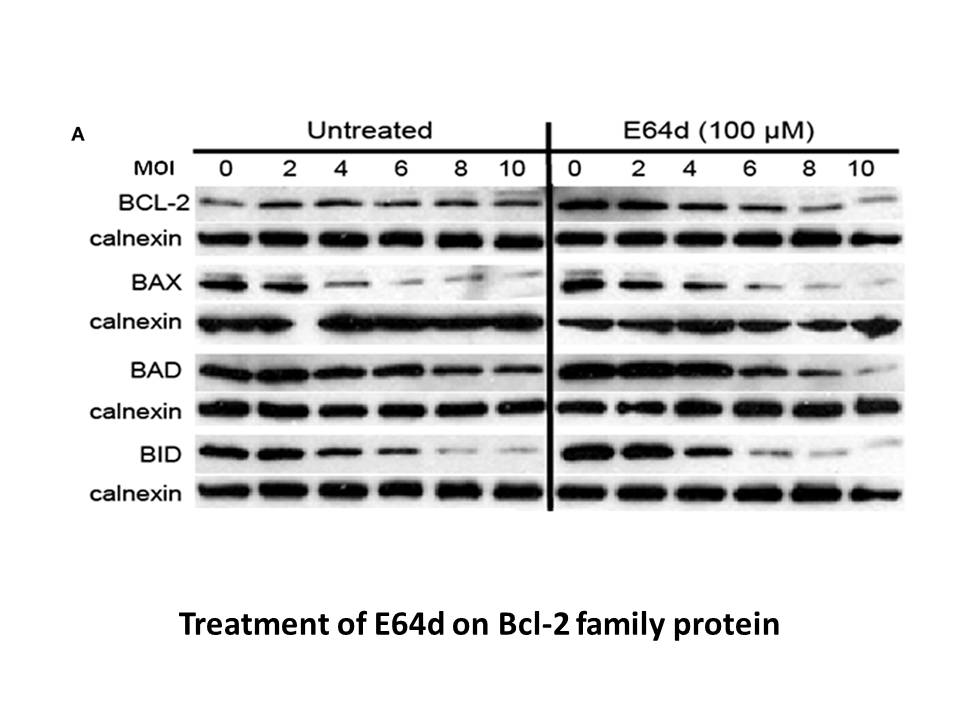
As temperatures increase, rates of spontaneous deamination also increase such that hyperthermophilic organisms must have efficient mechanisms for dealing with this potential hazard.8., 9. The hyperthermophile Methanococcus jannaschii has both a dCTP deaminase (encoded by the gene at locus MJ0430) an
-
br Application of the screening system
2019-10-29

Application of the screening system for ITP-binding proteins Inosine is a nucleoside with hypoxanthine as a base. Inosine nucleotides are relatively abundant in human Vincristine sulfate because inosine monophosphate (IMP) is a general precursor molecule for the de novo synthesis of AMP and GMP
-
Acknowledgements This work was supported in part
2019-10-29
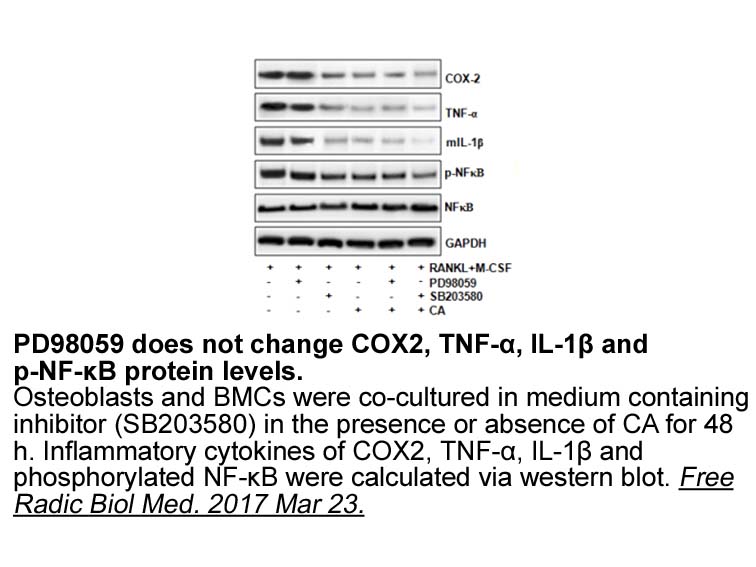
Acknowledgements This work was supported in part by a Scholarship Fund for Young Researchers by the Promotion and Mutual Aid Corporation for Private (2017 to S.K.), research grant from Japan Rett Syndrome Support Organization (2018 to S.K.), and MEXT-Supported Program for the Strategic Research Fo
-
mek inhibitors br Acknowledgements br Introduction Chemokine
2019-10-29
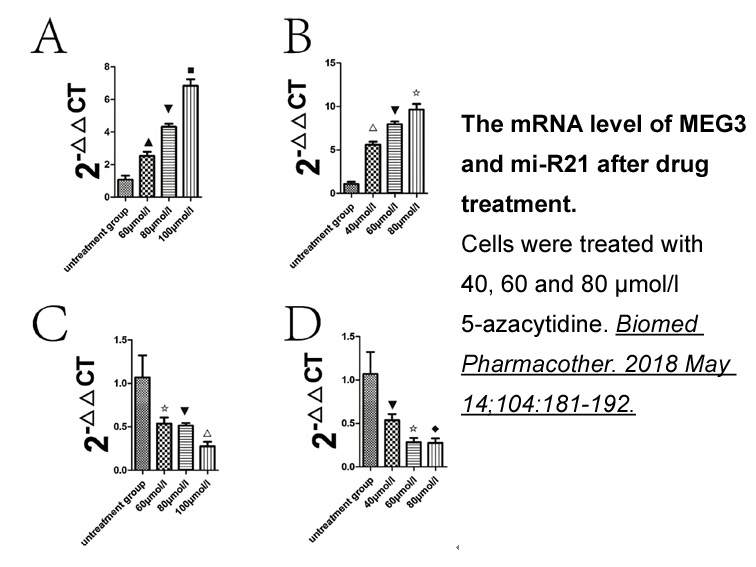
Acknowledgements Introduction Chemokines are a superfamily of chemotactic cytokines that play important roles in regulating cell migration and activation under inflammatory conditions (Nomiyama et al., 2008; Peatman and Liu, 2007; Zlotnik and Yoshie, 2000), such as angiogenesis (Arenberg et al
-
Mechanistically GW treatment modulated cytokine expression w
2019-10-29
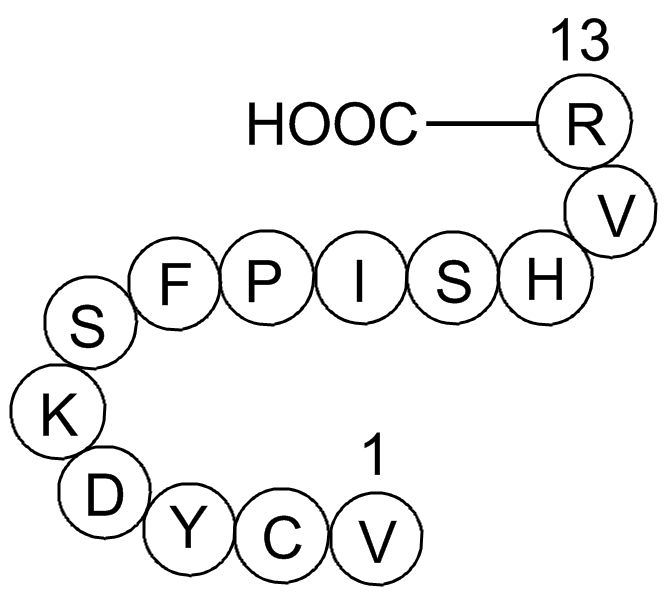
Mechanistically, GW2580 treatment modulated cytokine expression within the kidney. We noted a decrease in the levels of TNF, MCP-1, IL-1β, IL-27, and GM-CSF in GW2580 treated mice. Decreased levels of these proinflammatory cytokines likely contributed to the attenuated proteinuria and improved renal
-
20(S)-Hydroxycholesterol In order to further evaluate cpt a
2019-10-29
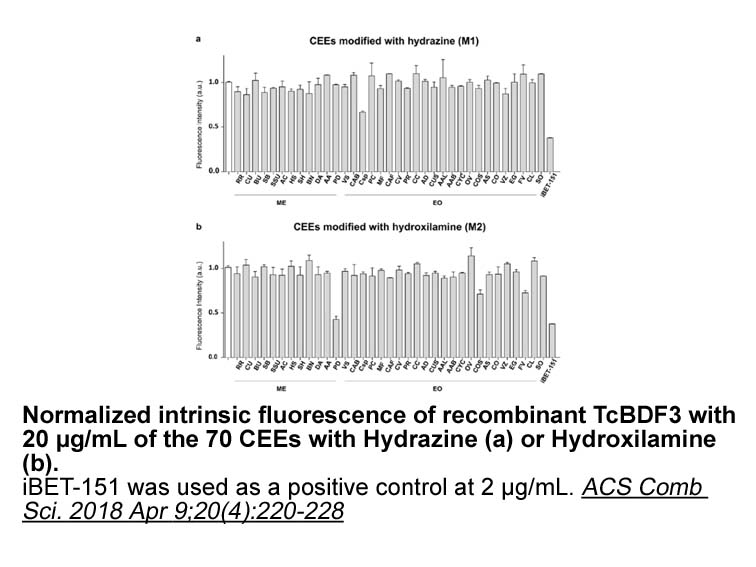
In order to further evaluate cpt1a function, we determined its tissue distribution in large yellow croaker. The mRNA levels of cpt1a were detected in all the tested tissues, but at varying levels. cpt1a mRNA expression was the highest in liver among different tissues, similar to reports in other fis
-
DNA methylation is a relatively stable but reversible epigen
2019-10-29

DNA methylation is a relatively stable but reversible epigenetic mechanism that can regulate gene expression, and occurs at the three different cytosine sequence contexts (CG, CHG, and CHH, where H is C, A, or T) in plants [15]. Many studies suggest that DNA methylation status of genes influence pla
-
We found that E and GEN
2019-10-29
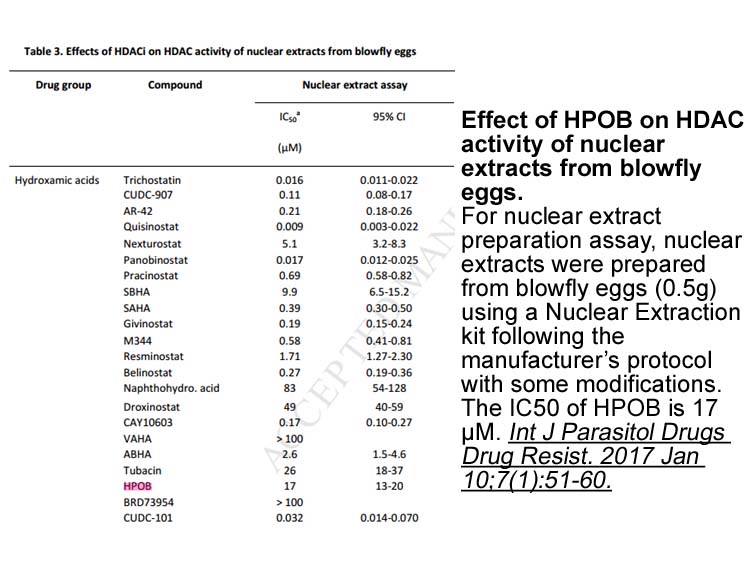
We found that E2 and GEN each has mostly similar effects on recruitment of the epigenetic modulators to the MB-COMT distal promoter (summarized in Table 2). These effects are associated with increased promoter methylation and gene suppression of COMT. It is noted that the array of epigenetic modulat
-
Benidipine HCl br Results and discussion Compounds
2019-10-28
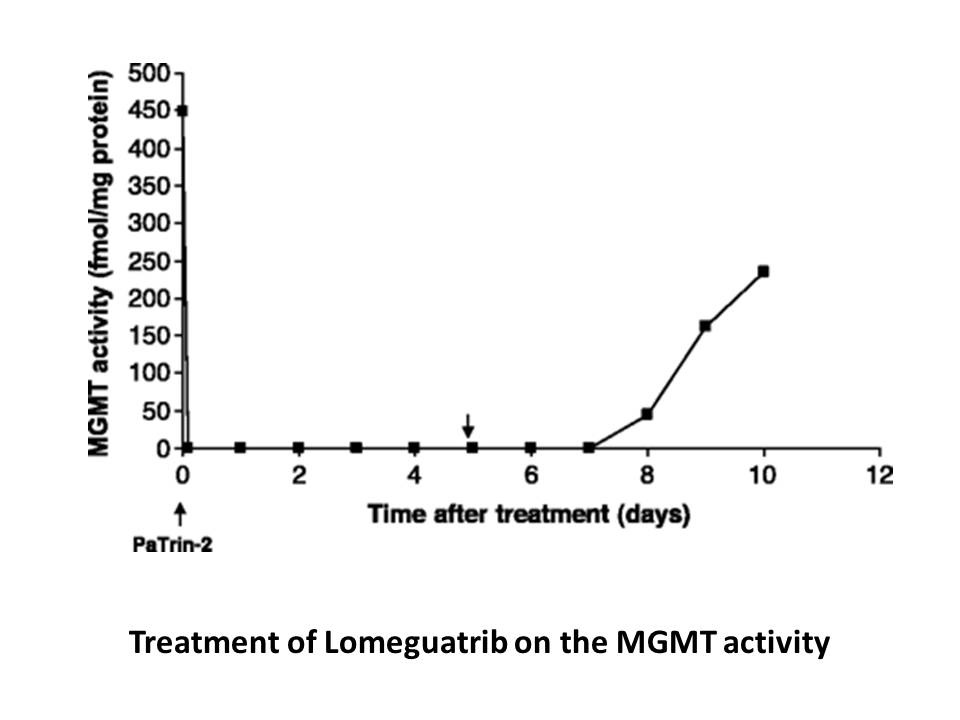
Results and discussion Compounds were tested for their binding affinity to human CRTH2 in a radioligand binding assay (3H-PGD2) using CHO cells stably transfected with human CRTH2. In addition, these compounds were assessed for their functional activity in PGD2 driven Ca2+ flux in KB8 cells expre
-
d ap5 Compounds and were outliers for this equation
2019-10-28

Compounds and were outliers for this equation being the two most reactive compounds. The presence of outliers implies that other factors or specific mechanisms are involved in their chemical hydrolysis. Generally urea derivatives prove to be highly stable in aqueous solutions in vitro. Additional
14857 records 926/991 page Previous Next First page 上5页 926927928929930 下5页 Last page